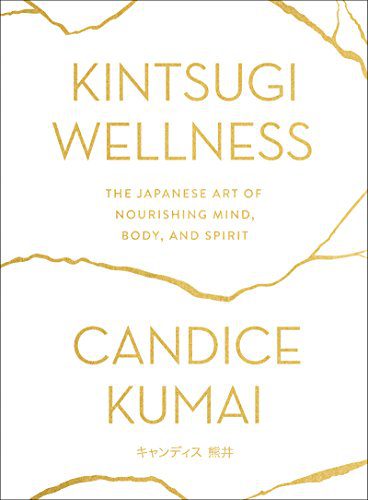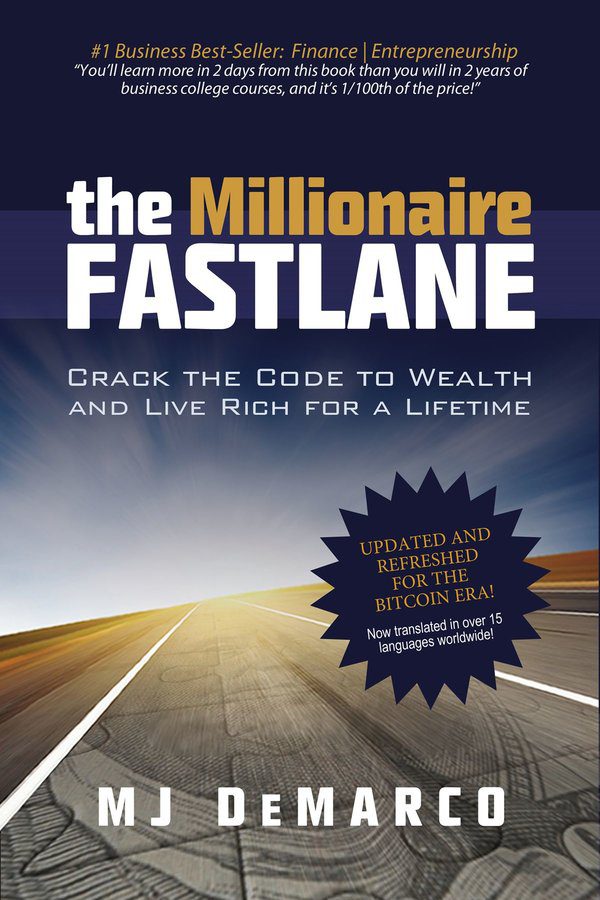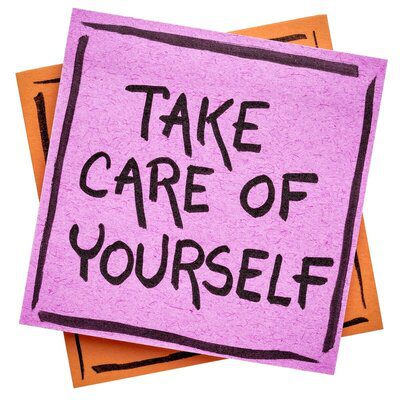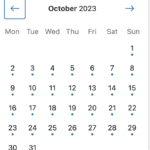According to the World Health Organization (WHO), Health is a state of complete physical, mental, and social well-being and not merely the absence of disease or infirmity. Wellness involves engaging in daily healthy habits to attain better physical and mental health outcomes. Wellness activities include exercise, nutrition, sleep, mindfulness, taking breaks, social connectedness, and reducing unhealthy activities such as smoking, excessive stress, and unnecessary drama. Having a wellness plan is critical in living a life of purpose and meaning. There has to be a deliberate attempt to prioritize your health and well-being. Most of us spend the majority of our youth striving for wealth while we spend our old age taking care of our bodies with the money we earned in our youth.
“Wellness is the complete integration of body, mind and spirit – the realization that everything we do, think, feel, and believe has an effect on our state of well-being.” ~ Greg Anderson
The World Health Organization (WHO) reports that “COVID-19 pandemic triggers 25% increase in prevalence of anxiety and depression worldwide.” One of the effects of the COVID-19 pandemic is the prevalence and increase in mental health issues such as depression, anxiety, excessive stress and worry. It was a trying time for many people, as the uncertainty increased people’s fear and worry in an increasingly volatile and ever-changing world. 2019/2020 was a very stressful period for me personally; I lost my mum to cancer in 2019 and got laid off during the COVID-19 pandemic. One of the tools that helped me navigate the rollercoaster of this period was developing a wellness plan.
Life isn’t about waiting for the storm to pass. – Vivien Greene
One of the lessons I learned during this trying time is the impermanence of life and being able to accept whatever happens to one in life radically. British Writer Vivien Greene once said, “Life isn’t about waiting for the storm to pass…It’s about learning to dance in the rain.” The key to navigating the vicissitudes of life is to embrace the moment, have great coping mechanisms and keep it moving. I developed a wellness plan during this trying period that included A guided meditation practice with the Calm App, Writing a daily five-minute gratitude journal, exercising for at least 2-3 hours daily in multiple sports, a writing practice which involves blogging daily on this site, reading for a least 2-3 hours daily, and setting stretch goals such as running ten full marathons in 2023.
My Wellness plan has made navigating the continuous challenges and grief that I have experienced in the last 3-4 years manageable. It has not been easy dealing with the emotional roller coaster; many tears have been shed, and dark moments that the thoughts of giving up on my dreams come to mind, but I keep pushing because of my Why and the well-coping mechanisms that I have put it place.
“Remember the airplane rule: Put on your own oxygen mask before helping others.”
Prioritize your Self-Care

Kintsugi Wellness is based on the philosophies of Japanese life and is organized into four parts: Strengthen, Nourish, Lifestyle, and Heart. At the core of Kintsugi Wellness is Self-Care, we are all broken but we can embrace our imperfections through self-acceptance, self-love, and self-care. In her book, Kintsugi Wellness: The Japanese Art of Nourishing Mind, Body, and Spirit, author and wellness journalist Candice Kumai describes the Japanese word: Ki o Tsukete – 気をつけて which means Take Care. She writes:
If you give less energy to things that aren’t worth it, you’ll be able to open your heart to new things, new people, new friends, and new relationships. It’s simple math: You are able to add more to your life when you’ve subtracted something.
It may seem like we need to stay in touch with everyone, forever, but relationships evolve. As our lives change, so do the people in them. The measure of any friendship is simple: How does it make you feel? If the answer is “not great,” clean house. Don’t be afraid to un-follow, let go, and take better care of you. When you edit who takes up space in your life, you’ll begin to attract the right kind of people into your circle—those who are sincerely invested in your health and happiness.

Wheelchairs don’t fit in the trunks of Lamborghini.
In The Millionaire Fastlane: Crack the Code to Wealth and Live Rich for a Lifetime!, author MJ DeMarco writes about the slow and fast paths to wealth creation. The Millionaire Fastlane is the belief that creating wealth need not take 50 years of financial mediocrity devoured by decades of work, decades of saving, decades of mindless frugality, and decades of 8% stock market returns.
The Slow lane looks like this:
“Go to school, get good grades, graduate, get a good job, save 10% of your paycheck, invest in the stock market, max your 401(k), slash your credit cards, and clip coupons… then, someday, when you are, oh, 65 years old, you will be rich.”
As a Slowlane traveler, you’re deluged with a series of doctrines that plead discipline to the trade-off. Get a job and waste five days a week toiling at the office. Bag lunch and stop drinking $10 coffee. Faithfully entrust 10% of your paycheck to the stock market and your 401(k). Quit dreaming about that sports car in the window because you can’t buy it! Delay gratification until you’re 65 years old. Save, save, save because compound interest is powerful: $10,000 invested today will be with 10 gazillion in 50 years!
Wealth is best lived young and enjoyed while you have health, vibrancy, energy, and yes, maybe even some hair. Wealth is best lived in the prime of your life, not in its twilight after 40 years of 50-hour workweeks have pulverized your dreams into surrender. Deep in our soul we know this, yet we continue to faithfully pledge obedience to a financial roadmap that promises wealth after four or five decades.
A strategy that requires your life and your dreams to be paid as penance is a sucker’s bet. The Slowlane arrogantly assumes that you will live forever and, of course, be gainfully employed forever. Unfortunately, wheelchairs don’t fit in the trunks of Lamborghinis.
Wheelchairs don’t fit in the trunks of Lamborghinis.
Keeping death at a distance
Meditation
- Daily Calm with Tamara Levitt – Maybe
- Sometimes, in the stillness of sitting, thoughts or emotions arise, pleasant ones or unpleasant ones. Try observing them non-judgmentally, as though you were a meteorologist feeling the weather. In the same way, the weather changes daily, and so do thoughts, sensations and emotions.
- The rain comes, but we know it won’t last forever; we don’t need to push anything away. The rain eventually changes on its own, just as our emotions come and go. Just like the breath come and go.
‘The bad news is nothing lasts forever,The good news is nothing lasts forever.’ – J. Cole
- With the principle of impermanence, we begin to understand that nothing bad will last forever. We learn not to cling to what we desire because change is just around the corner.
Daily Jay with Jay Shetty – True Self/False Self
- The True and False Self are psychological concepts popularized in the 60s by British Psychoanalyst Donald Winnicott. In his 1960 paper titled: Ego Distortion in terms of true and false self.
The False Self, if successful in its function, hides the Tue Self, or else finds a way of enabling the True Self to start to live. The false self is defensive in nature and its chief aim is to hide and protect the True self, whatever that may be.
Podcast
- How to MASTER TIME During Your BUSY SEASON! – w/ Ed Mylett & Brendon Burchard
All the Best in your quest to get Better. Don’t Settle: Live with Passion.



Comments are closed.